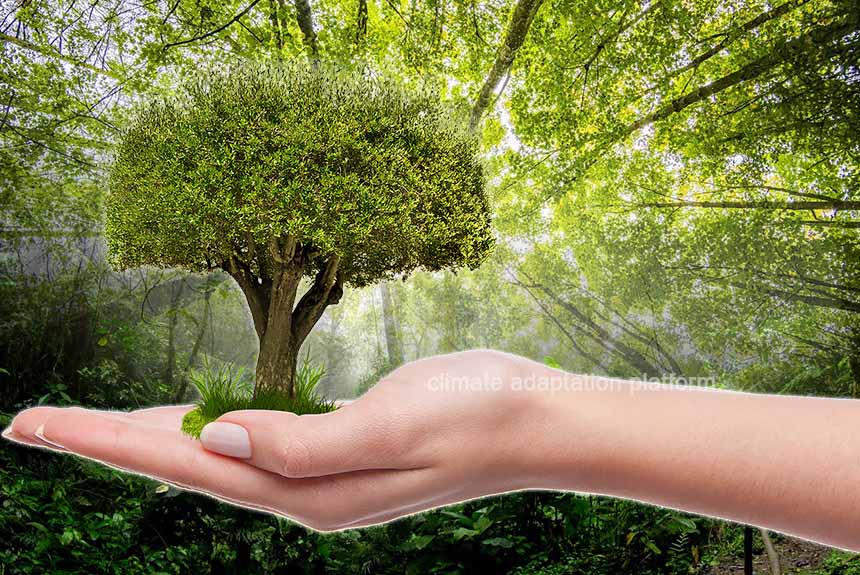Reforestation and afforestation, the act of planting trees, are often lauded as practical solutions to mitigate climate change while generating ecosystem benefits.
Trees can naturally capture atmospheric carbon dioxide and store it in soil, living biomass, and dead organic matter. But beyond trees’ carbon-related benefits, emerging studies reveal that planting trees can make rain.
Basic science in the water cycle tells us about the continuous movement of water within the earth and atmosphere through evaporation, condensation, and precipitation. Plants play an essential role in the water cycle through transpiration. Plants absorb rain or water from the soil and release water vapour back into the atmosphere, condensing and falling as rain or snow.
The article on WRI, “Restoring Degraded Forests Could Bring Back Lost Rainfall, Cooler Temperatures,” compiles studies from around the world showing the positive association between planting trees and increases in rainfall and cooling and the negative correlation between forest loss and decreases in rainfall and rises in temperatures.
For instance, a study of the Amazon forest shows that it accounts for 48% of the average annual rainfall in Rondônia, a state in Brazil. It also mitigates the impacts of droughts by compensating for decreased moisture from the oceans and non-forested areas. In Borneo, home to some of the planet’s ancient forests, large-scale deforestation has increased temperature, and in areas with more than 15% forest loss, rainfall has experienced an above 15% reduction.
China’s Green for Grain program, the world’s largest afforestation initiative, has increased precipitation by 58%. In Australia, models show that restoring the country’s savanna ecosystems, which include trees, will increase rainfall by almost 10%. In Europe, increasing its forest cover will increase rainfall by 7.6% during summer.
Forest influences local temperatures
The article cites several studies that show the cooling effects of forests and how they can mitigate the warming effects of climate trees. Other studies show the benefits of trees to livestock – making them healthier and improving their milk production, as well as the benefits of trees to human health.
The multiple benefits tree planting offers create unprecedented interest in forest restoration, and the article lists international forest restoration initiatives worldwide. It also encourages more research on forest restoration, its potential to fight climate change, and how it can offer other significant benefits.
Read the article: Restoring Degraded Forests Could Bring Back Lost Rainfall, Cooler Temperatures



Leave a Reply